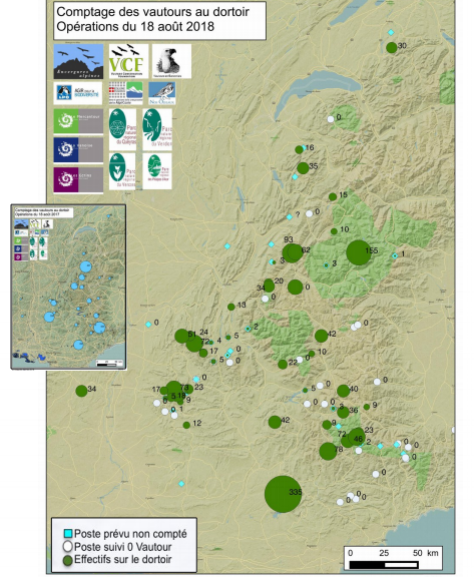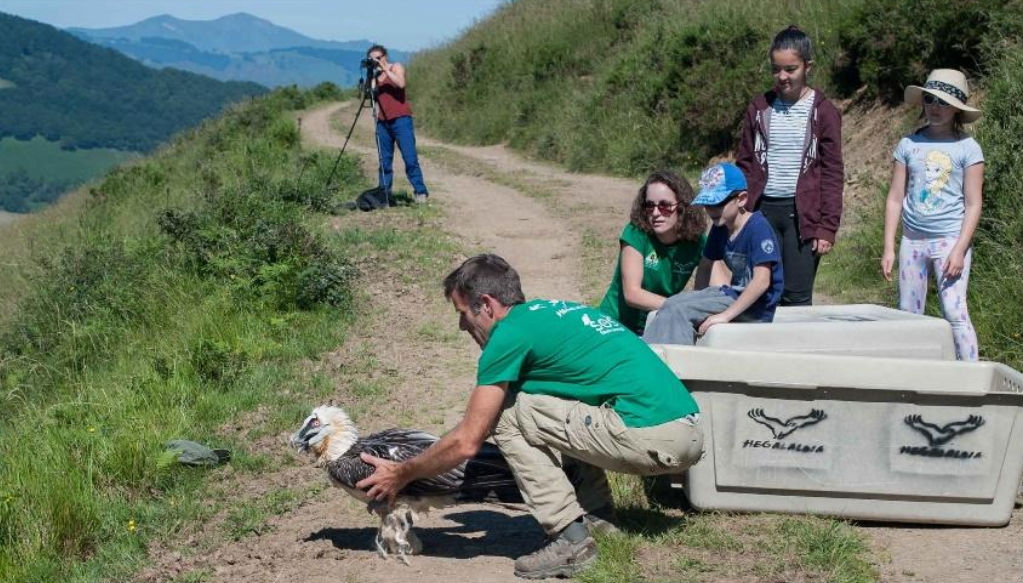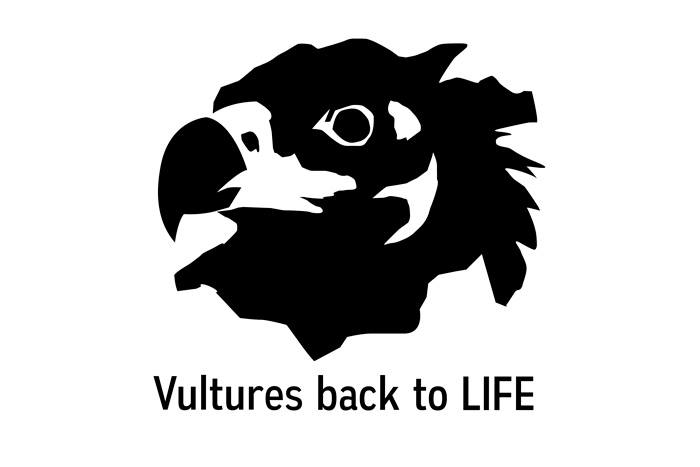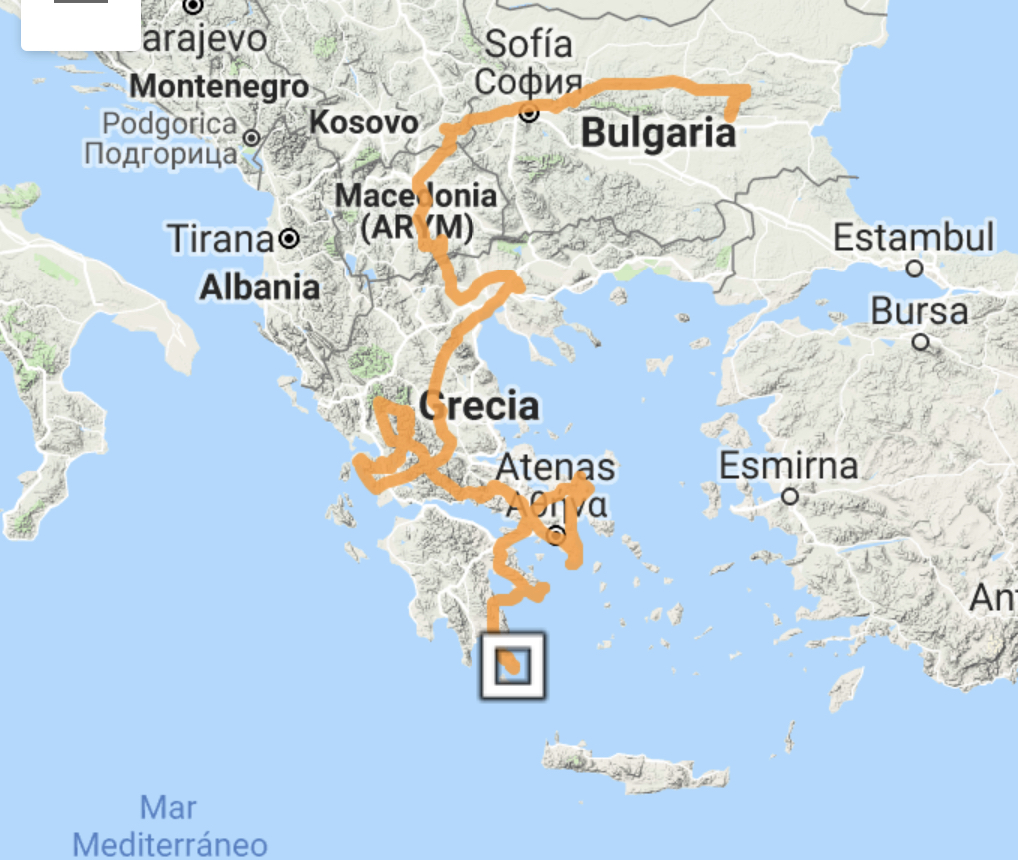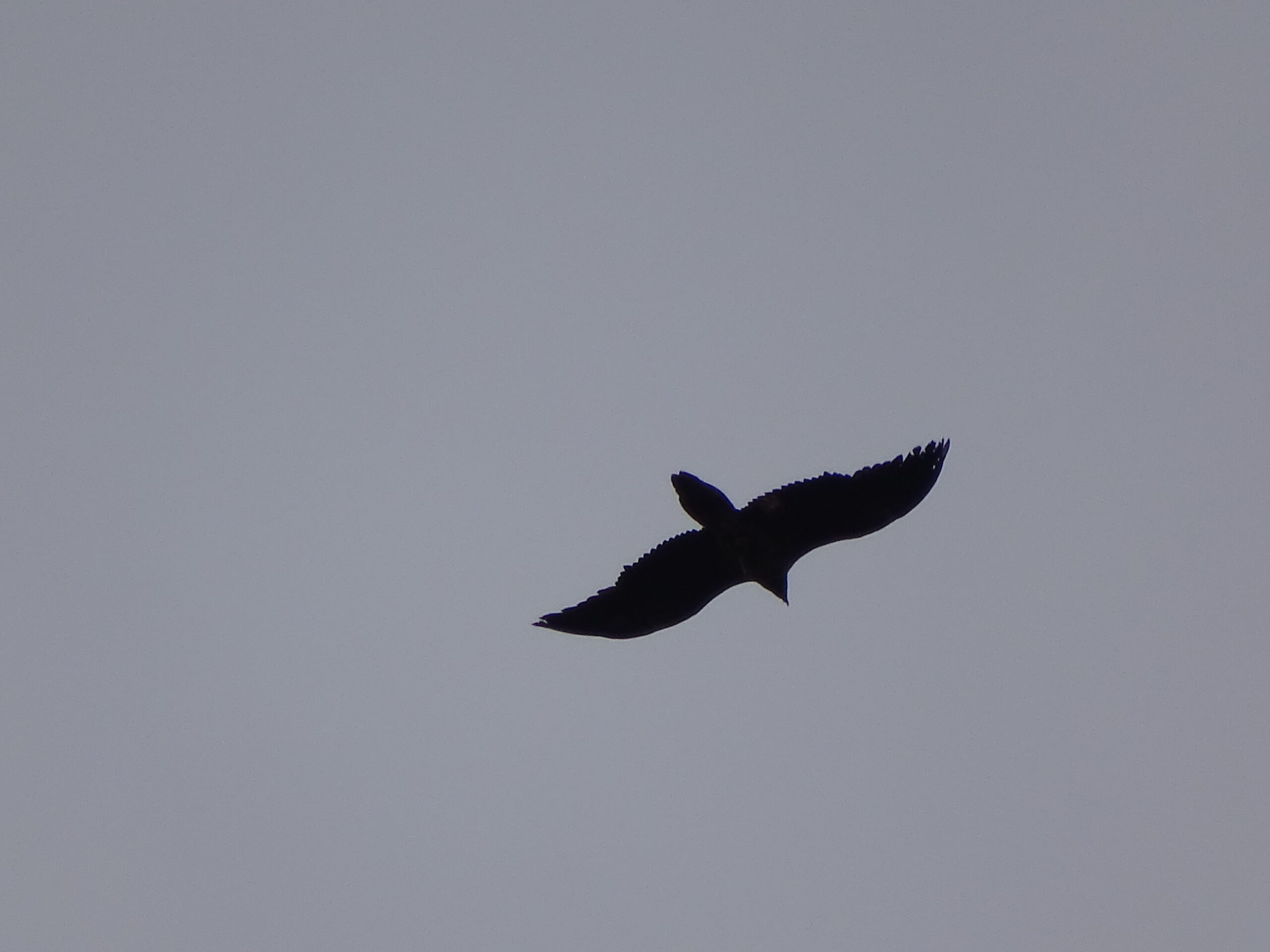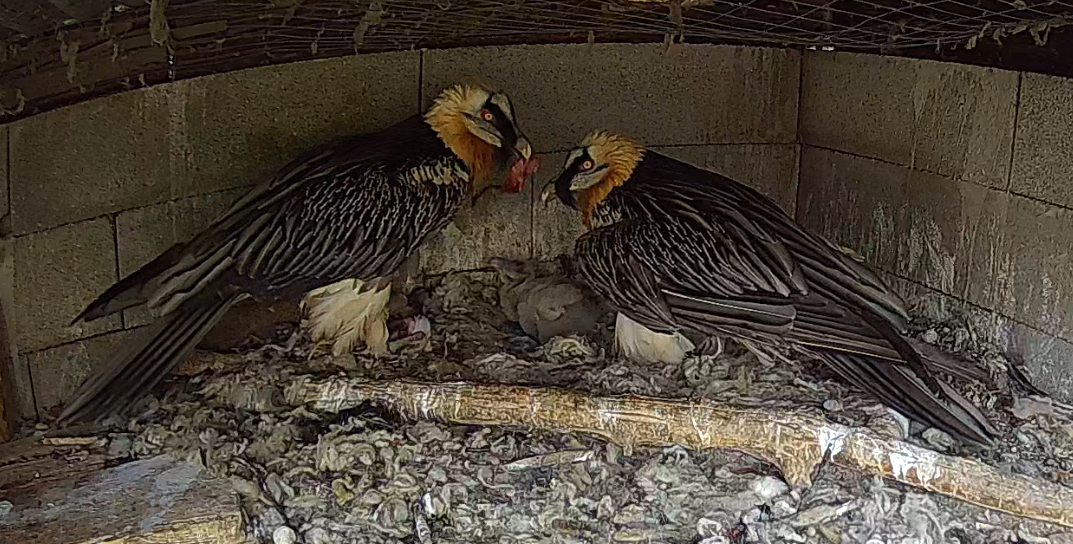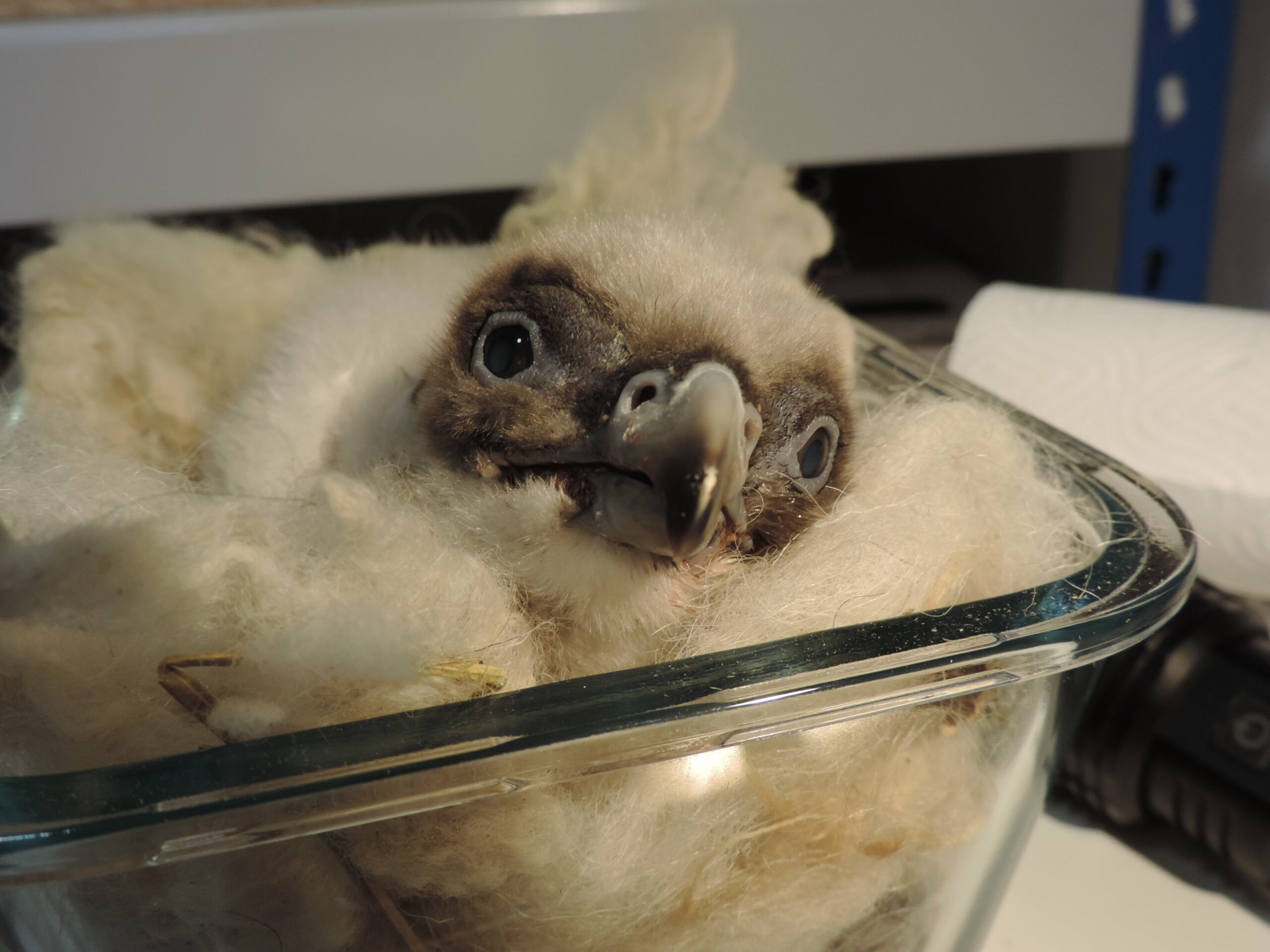Bearded vultures start breeding in Europe earlier than any other bird species, and they also have the longest laying period. In captivity first clutches take place end of November or beginning December, and the lasts at the end of February, beginning of March. With a 54 days incubation period, the hatching period for the earlier postures usually occurs in the second half of January. This season the first chick hatched on the 19th of January at the Richard Faust Center, when in other zoos the pairs are still reconstructing the nest and have not laid eggs.
In a study published in 2005 (Llopis & Frey, see below), we showed that the average date of the arrival of the first egg in captive bearded vultures is the 30th of January. After the 5th egg laying year, the date of the arrival of the first egg stabilises, with the average on the 1st of January. This study showed however that bearded vultures are highly sensitive to disturbances, and so a change of mate or accommodation, handling, interactions with new neighbouring pairs or changes carried out to the cage during the reproductive cycle do have an influence on the date of egg-laying and delay it. We now often detect some incidents based on the change in the date of egg-laying of a female.
The breeding season within the bearded vulture captive breeding programme, managed by the VCF, and that is at the base of the successful reintroduction projects, is now in full swing. Until yesterday 37 breeding pairs had laid 58 eggs, and 8 chicks had already hatched. Last season 39 pairs laid 67 eggs in total, but we expect that during the next days a few more pairs will lay, and a similar number of clutches can be obtained. Last year the VCF and its partners released a record 18 young in the bearded vulture reintroduction projects (Alps, Grands Causses, Andalusia, Corsica).
Fotos: FPWC, VCF
*Llopis, A. & Frey, H. 2005. La cría en cautividad y su problemática. Margalida, A. and Heredia, R. (Eds.). Biología de la Conservación del Quebrantahuesos Gypaetus barbatus en España: 205-236. Organismo Autónomo Parques Nacionales. Madrid.

